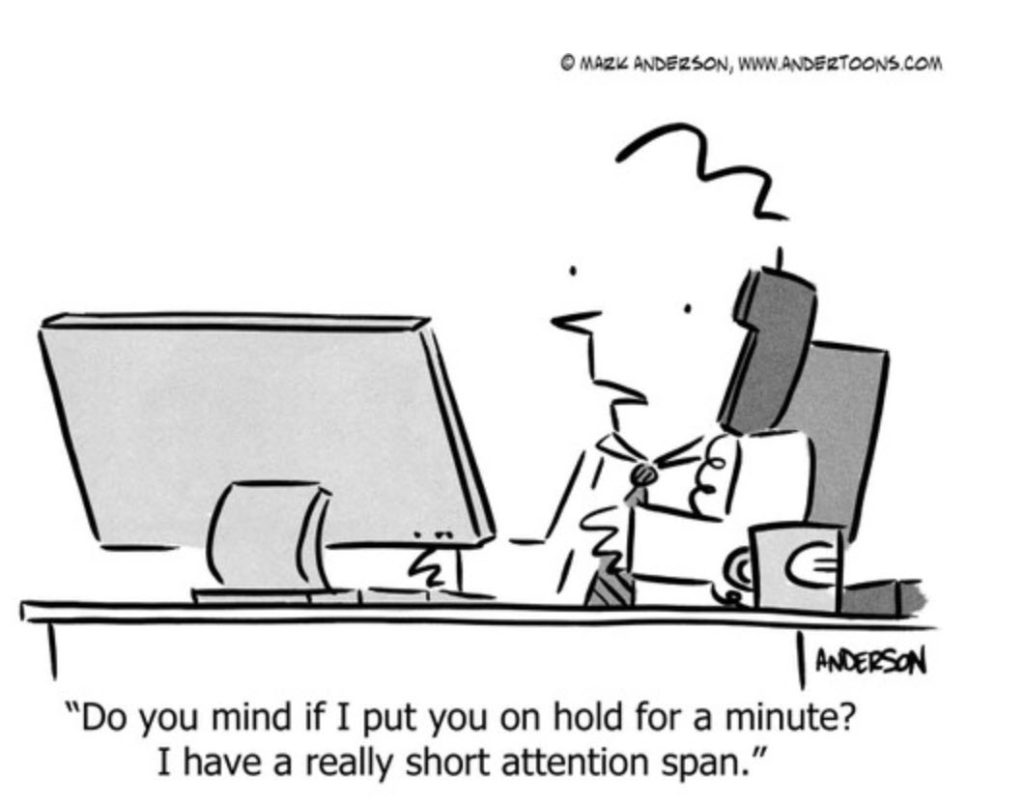 In the intricate landscape of financial markets, the decline in loans to small and mid-sized businesses has become a pressing concern.
In the intricate landscape of financial markets, the decline in loans to small and mid-sized businesses has become a pressing concern.
Traditionally, banks have played a pivotal role in fueling the growth of these enterprises, serving as a lifeline for entrepreneurs and contributing to economic development.
However, recent trends suggest a departure from this norm, with banks seemingly making fewer loans to small and mid-sized businesses.
There are multifaceted reasons behind this phenomenon and its implications for both businesses and the broader economy.
A PRIMARY DRIVER …
One of the primary drivers behind the decline in small and mid-sized business loans is the evolving regulatory environment. In the aftermath of the 2008 financial crisis, regulators worldwide implemented stringent measures to fortify the banking sector and prevent a recurrence of such catastrophic events.
 While these regulations aimed to enhance financial stability, they inadvertently increased the compliance burden on banks.
While these regulations aimed to enhance financial stability, they inadvertently increased the compliance burden on banks.
The Dodd-Frank Wall Street Reform and Consumer Protection Act in the United States, for instance, ushered in a new era of regulatory oversight.
The increased scrutiny and compliance requirements have made banks more risk-averse, prompting them to adopt conservative lending practices. Consequently, small and mid-sized businesses, which often lack the robust financial profiles of their larger counterparts, find it more challenging to secure loans.
RISKIER BORROWERS …
Post-crisis regulations also introduced stricter capital adequacy requirements, compelling banks to maintain higher levels of capital to absorb potential losses.
While this measure enhances the resilience of financial institutions, it simultaneously restricts their ability to extend credit, particularly to businesses perceived as riskier.
 Small and mid-sized enterprises, by virtue of their size and inherent volatility, are often classified as riskier borrowers.
Small and mid-sized enterprises, by virtue of their size and inherent volatility, are often classified as riskier borrowers.
As a result, banks may hesitate to allocate a significant portion of their capital to these businesses, preferring instead to focus on less risky ventures that promise higher returns.
The global economic landscape has witnessed significant turbulence in recent years.
Factors such as trade tensions, geopolitical instability, and the unprecedented challenges posed by the COVID-19 pandemic have created an environment of uncertainty.
In times of economic instability, banks tend to adopt a cautious approach to lending as they seek to mitigate potential risks to their portfolios.
 The reluctance to extend credit to small and mid-sized businesses can be attributed to the perceived vulnerability of these enterprises during economic downturns.
The reluctance to extend credit to small and mid-sized businesses can be attributed to the perceived vulnerability of these enterprises during economic downturns.
Banks, in an effort to shield themselves from potential defaults, may tighten lending standards and reduce exposure to sectors deemed more susceptible to economic shocks.
CREATING WINNERS & LOSERS …
Rapid technological advancements and changing consumer preferences have reshaped various industries, creating winners and losers.
 Traditional sectors, which often comprise small and mid-sized businesses, may face challenges adapting to these changes.
Traditional sectors, which often comprise small and mid-sized businesses, may face challenges adapting to these changes.
Banks, cognizant of the evolving landscape, may be hesitant to lend to businesses in sectors perceived as declining or struggling to innovate.
This dynamic is particularly evident in the retail sector, where the rise of e-commerce has disrupted traditional brick-and-mortar businesses.
Banks may be wary of financing enterprises in industries undergoing such transformative changes, contributing to the decline in loans to small and mid-sized businesses.
DIGITAL TRANSFORMATION …
Traditional banks, in their quest to adapt to the digital era, face challenges associated with legacy systems and complex infrastructures.
 The process of digital transformation is resource-intensive and time-consuming, deterring some banks from fully embracing technological advancements.
The process of digital transformation is resource-intensive and time-consuming, deterring some banks from fully embracing technological advancements.
As a result, these banks may struggle to provide the seamless, user-friendly lending experiences that small and mid-sized businesses seek.
FinTech competitors, unencumbered by legacy issues, can offer a more attractive value proposition, further diverting businesses away from traditional banking channels.
ALTERNATIVE LENDER ADVANTAGES …
In an era of instant gratification, businesses expect speedy and convenient access to financial services.
 Traditional lending processes, often characterized by lengthy approval times and extensive paperwork, no longer align with the expectations of modern entrepreneurs.
Traditional lending processes, often characterized by lengthy approval times and extensive paperwork, no longer align with the expectations of modern entrepreneurs.
FinTech lenders, leveraging automation and data analytics, can offer faster and more streamlined lending experiences.
Businesses, particularly small and mid-sized enterprises with urgent capital needs, may gravitate towards these alternative lenders that provide quick and hassle-free access to funds.
Small and mid-sized businesses often require tailored financial solutions that accommodate their unique needs and challenges. Traditional banks, constrained by standardized lending models and risk assessment frameworks, may struggle to deliver the level of customization that businesses seek.
PERSONALIZED & FLEXIBLE …
FinTech lenders, with their data-driven approaches, can analyze a broader set of variables to assess creditworthiness, enabling them to offer more personalized and flexible financing options.
 This adaptability resonates with businesses looking for financial partners that understand and cater to their specific circumstances.
This adaptability resonates with businesses looking for financial partners that understand and cater to their specific circumstances.
The decline in loans to small and mid-sized businesses translates to limited growth opportunities for these enterprises.
Access to capital is crucial for businesses to invest in expansion, innovation, and talent acquisition.
Without adequate financing, businesses may find it challenging to capitalize on growth prospects, potentially stagnating their development.
The decline in loans to small and mid-sized businesses is a multifaceted issue influenced by regulatory, economic, technological, and customer-driven factors.
As we navigate the complex web of challenges, it is essential for stakeholders – including regulators, banks, FinTech firms, and businesses themselves – to collaborate in seeking viable solutions.
Revitalization Partners specializes in improving the operational and financial results of companies and providing hands-on expertise in virtually every circumstance, with a focus on small and mid-market organizations. Whether your requirement is Interim Management, a Business Assessment, Revitalization and Reengineering, a State Receivership or Bankruptcy Support, we focus on giving you the best resolution in the fastest time with the highest possible return.



